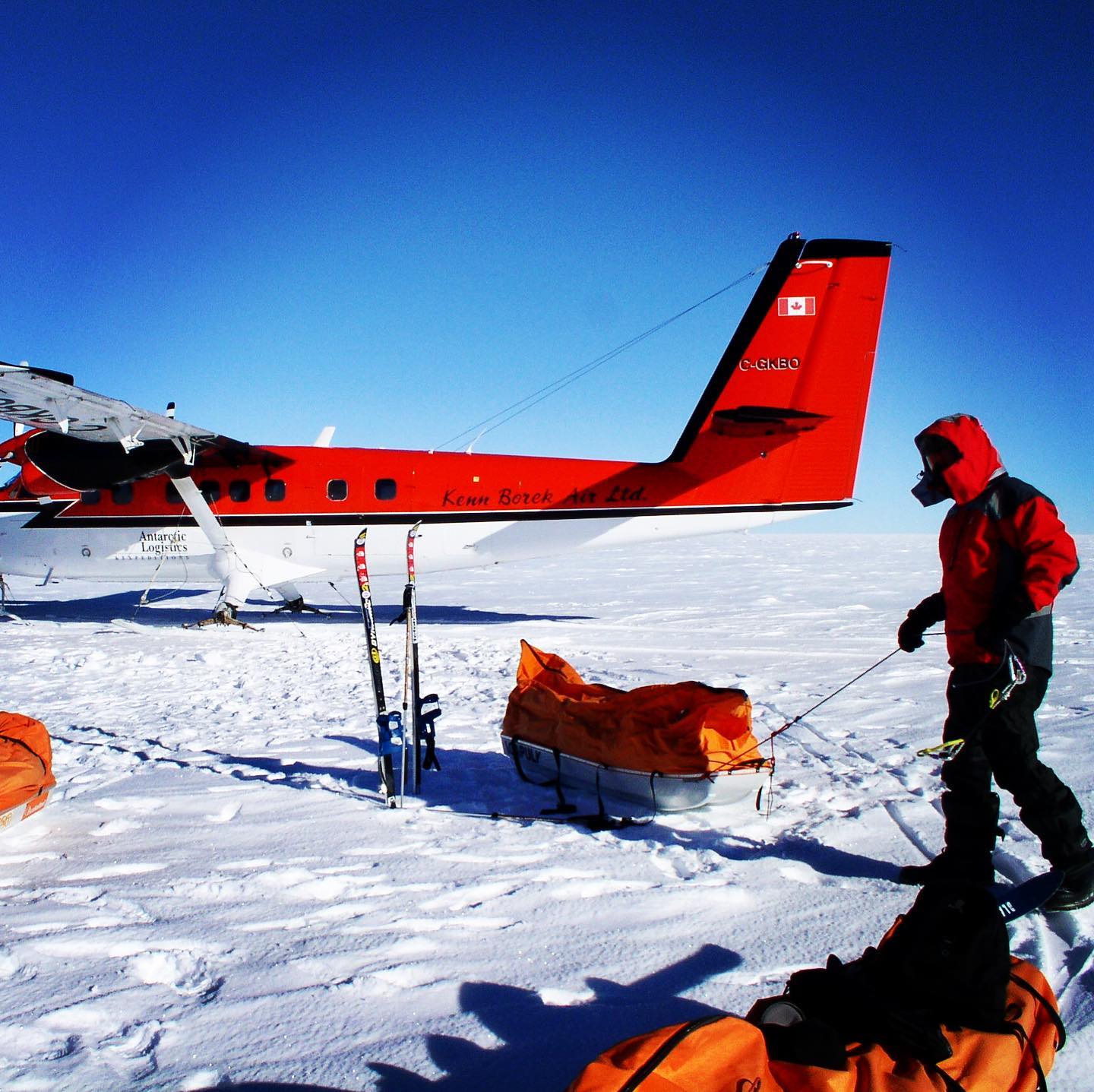Several years ago, I worked as a guide in Antarctica. While it was standard practice to do everything for our clients, I made mine as self-sufficient as possible believing this would elevate the true wilderness experience they had come for.
On one such trip, some of my clients wanted to take turns navigating the ubiquitous landscape. I decided that since it was sunny out, and relatively warm (-25 degree C), I would teach anyone interested the techniques of polar travel.
In high wind environments like Antarctica, the snow is not flat but rather exhibits wave-like patterns on the surface that vary from one to four feet trough to crest. The pattern of these waves is aligned with the primary wind direction, and therefore stable and reliable. As travellers, we get our compass out, sight the direction of the pole, and take note of the angle of the shadows off the Sastrugi. We then travel by the angle of shadow for approximately half an hour until the sun has moved enough in the sky to require us to calculate the new angle.
One by one my clients moved out front and practiced the technique. They loved it; and found it infinitely more engaging than blindly following me from behind. At one point, after my strongest client had taken his turn, he skied back to me and said: “This is easy; what do we need you for?”
My reply was as instant as it was true: “I’m here to keep you safe if the shit hits the fan.”
It’s easy to navigate the calm waters of safety and security. But when we find ourselves in a risk-on environment, we not only want to have practiced self-reliance, but be surrounded by others who have as well.







